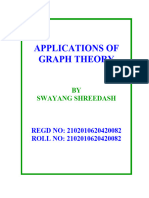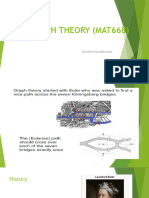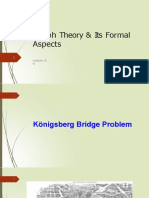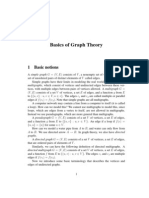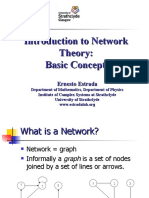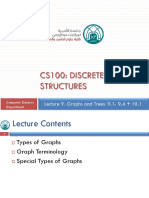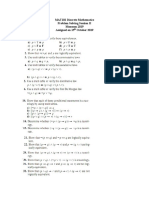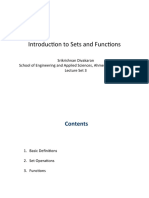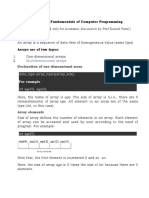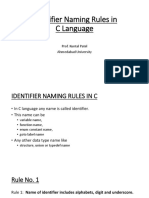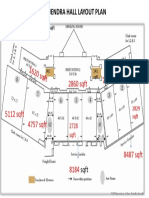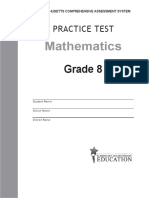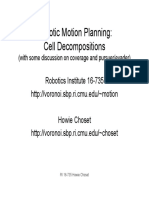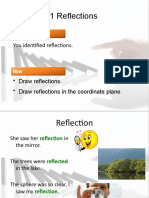0% found this document useful (0 votes)
64 views42 pagesIntroduction To Graphs (Part-I)
This document provides an introduction to graphs. It defines different types of graphs including simple graphs, multigraphs, pseudographs, directed graphs, and directed multigraphs. It also defines key graph terminology like adjacency, degree of a vertex, in-degree and out-degree for directed graphs, and the handshaking theorem. Finally, it provides examples of how graphs can be used to model and solve problems in areas like matching, scheduling, routing, and networks.
Uploaded by
Kaushil KundaliaCopyright
© © All Rights Reserved
We take content rights seriously. If you suspect this is your content, claim it here.
Available Formats
Download as PPT, PDF, TXT or read online on Scribd
0% found this document useful (0 votes)
64 views42 pagesIntroduction To Graphs (Part-I)
This document provides an introduction to graphs. It defines different types of graphs including simple graphs, multigraphs, pseudographs, directed graphs, and directed multigraphs. It also defines key graph terminology like adjacency, degree of a vertex, in-degree and out-degree for directed graphs, and the handshaking theorem. Finally, it provides examples of how graphs can be used to model and solve problems in areas like matching, scheduling, routing, and networks.
Uploaded by
Kaushil KundaliaCopyright
© © All Rights Reserved
We take content rights seriously. If you suspect this is your content, claim it here.
Available Formats
Download as PPT, PDF, TXT or read online on Scribd
/ 42



















